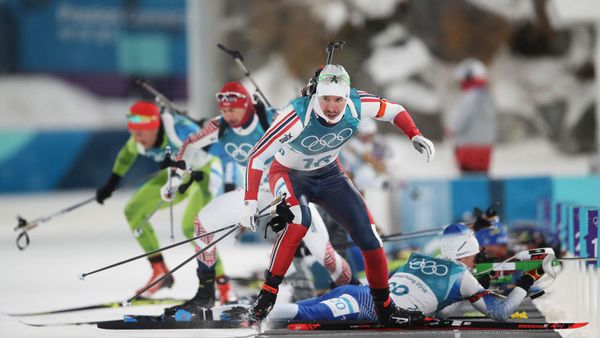Curling is the punch line of Olympic sports, and it's not hard to see why: There are the less-then-athletic-looking players; the sport's uncanny resemblance to shuffleboard on ice; and of course, the sweeping — the vigorous, urgent, sometimes screaming sweeping. Maybe that's why world-class curlers have such a good sense of humor, in addition to remarkable balance, uncanny aim and a feather-light touch. Laugh if you will, but this 500-year-old sport is as strategic as chess, as addictive as golf and much, much harder than it looks.
Curling was born on the frozen lochs and marshes of 16th-century Scotland, where kilted clansmen would while away the long winter months by sliding river-smoothed "channel stones" across the ice [source: USA Curling]. The competitor who positioned his stone closest to a chosen target — empty jugs of Scotch whiskey worked well — was the winner. According to curling historians, it was customary for the winning team to buy the losers a drink, and only polite for the losers to return the favor. And so the rounds went until both winners and losers weren't sure who was who and nobody particularly cared [source: Costa].
Advertisement
Once a niche sport practiced by a few Scottish immigrants in Canada, curling has exploded in popularity since returning to the Olympic games in Nagano, Japan, in 1998. There are an estimated 16,000 curlers in the United States (up from 10,800 in 2002) and 653,000 curlers in Canada [sources: Canadian Curling Association, USA Curling. True, about two-thirds of U.S. curlers live in Wisconsin and Minnesota, where ice sports are a way of life, but there are also curling clubs in sunny California and deep in the sweltering heart of Texas [source: USA Curling].
To unravel the mysterious appeal of curling, let's start by explaining how the game is played and whether all that sweeping is just for show.
Advertisement




